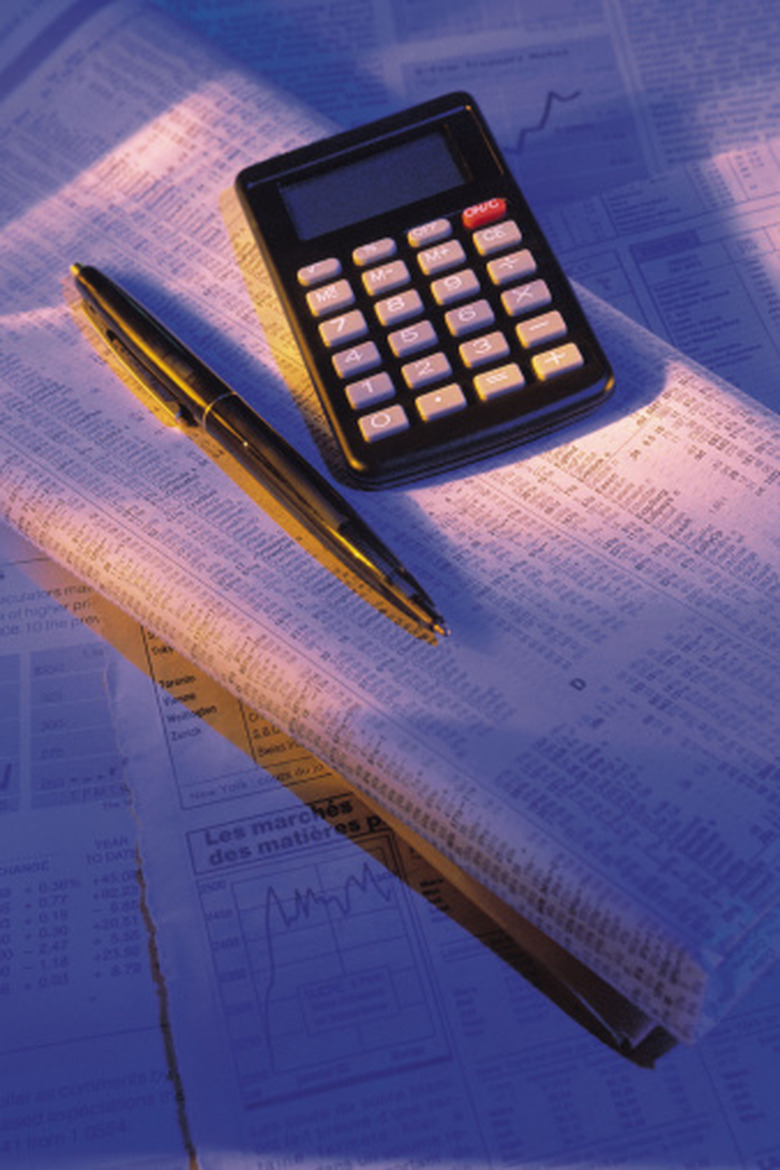How To Calculate Fractions To Percentages
A percentage is a means of indicating a portion out of 100. Trying to convert a fraction into a percentage may seem difficult, but there are a couple of simple tricks to use to get your answer. You can use a calculator to obtain your percentage or you can write it out for a more in depth understanding. Finding percentages is useful in practical matters such as interest rates on loans or savings accounts, as well as determining a sale price when a percentage is marked off.
Using a Calculator
Step 1
Divide the numerator — the top number — of your fraction by the denominator — the bottom number. Use a calculator, write it out or do this calculation in your head.
Step 2
Take the result from the previous step and multiply it by 100. Because the number form Step 1 will be a decimal number, you can also move the decimal point over to the right two places to get your percentage instead of multiplying it by 100. You will get the same result.
Step 3
Place a "%" symbol or write "percent" to the right of the number you got from Step 2. This is important so people will know that you are talking about a percentage or "per 100."
Step 4
Calculate this example. The fraction 3/4 divides to .75. Multiply .75 by 100 to get 75 or just move the decimal over two places to the right. The result is 75 percent.
Writing Out the Problem
Step 1
Write your fraction on a piece of paper. Next to this fraction write 100.
Step 2
Divide 100 by the denominator in your first fraction to find the number it would take to get 100.
Step 3
Multiply the numerator and denominator of your fraction by the number you determined from Step 2 to get a new fraction. Take just the numerator and write a "%" sign or "percent" to the right this number. This is your percentage.
Step 4
Calculate this example. The fraction is 1/5. The denominator 5 goes into 100 a total of 20 times. Multiply 20 by 1 as well as by 5. So, your result would be 20/100. Take just the top number, 20, and add a "%" sign or "percent" to result in your answer of 20 percent.
Cite This Article
MLA
Revermann, Susan. "How To Calculate Fractions To Percentages" sciencing.com, https://www.sciencing.com/calculate-fractions-percentages-8176411/. 24 April 2017.
APA
Revermann, Susan. (2017, April 24). How To Calculate Fractions To Percentages. sciencing.com. Retrieved from https://www.sciencing.com/calculate-fractions-percentages-8176411/
Chicago
Revermann, Susan. How To Calculate Fractions To Percentages last modified March 24, 2022. https://www.sciencing.com/calculate-fractions-percentages-8176411/
